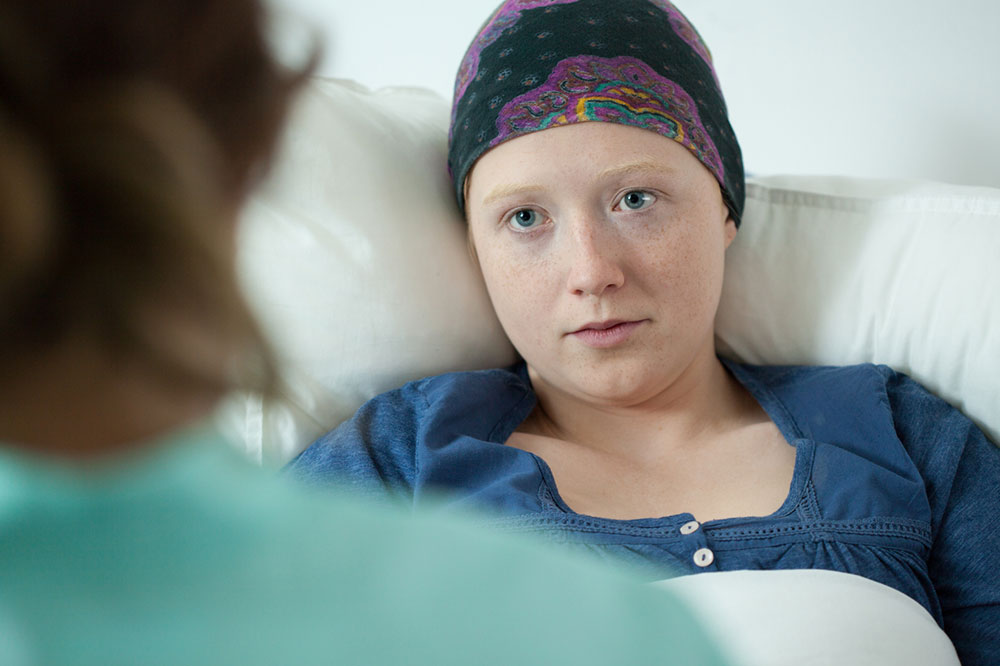5 common treatments for myeloid leukemia
Acute myeloid leukemia (AML) is an aggressive type of cancer. It grows quickly, and that’s why an early diagnosis makes a huge impact on the recovery rate. The treatment usually begins a few days after cancer has been diagnosed. The type of treatment usually depends on several factors, including age, overall health, type of AML, and potential side effects. Here are some common treatment options that doctors generally recommend.
Intensive chemotherapy
This is usually the first line of treatment after a myeloid leukemia diagnosis.

Non-intensive chemotherapy
Doctors generally recommend this treatment to those who may not be able to withstand the harsh effects of intensive chemo. This is an alternative form of treatment. During the treatment process, medications are administered. The medications can be oral or given intravenously through a drip or by injection. This myeloid leukemia treatment usually doesn’t require any hospital stay.
Radiotherapy
This treatment uses a high quantity of radiation to destroy leukemia cells. Radiotherapy is usually one of the steps in long-term treatments such as chemotherapy and stem cell transplant. It also helps the body to prepare for a bone marrow transplant. In rare cases, radiotherapy is used for treating myeloid leukemia that has spread to the brain and the nervous system.
Targeted therapy
This myeloid leukemia treatment works by targeting the genes, proteins, and tissues that help the cancerous tumors to grow. Different medications are used in targeted therapy. Targeted therapy will hamper the growth of leukemia cells and prevent them from spreading further. At the same time, it protects the surrounding healthy cells from any more damage.
Stem cell transplant
Stem cell transplant is recommended as the next step of treatment when chemotherapy does not work. Generally, intensive high-dose chemotherapy followed by radiotherapy is done before beginning this treatment. These two processes ensure that the cells in the bone marrow are completely destroyed. Once this is done, donated stem cells are transplanted into the blood vessels through a tube.